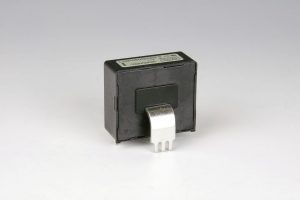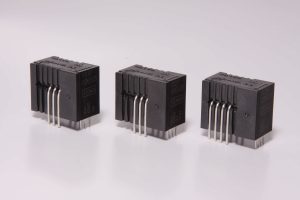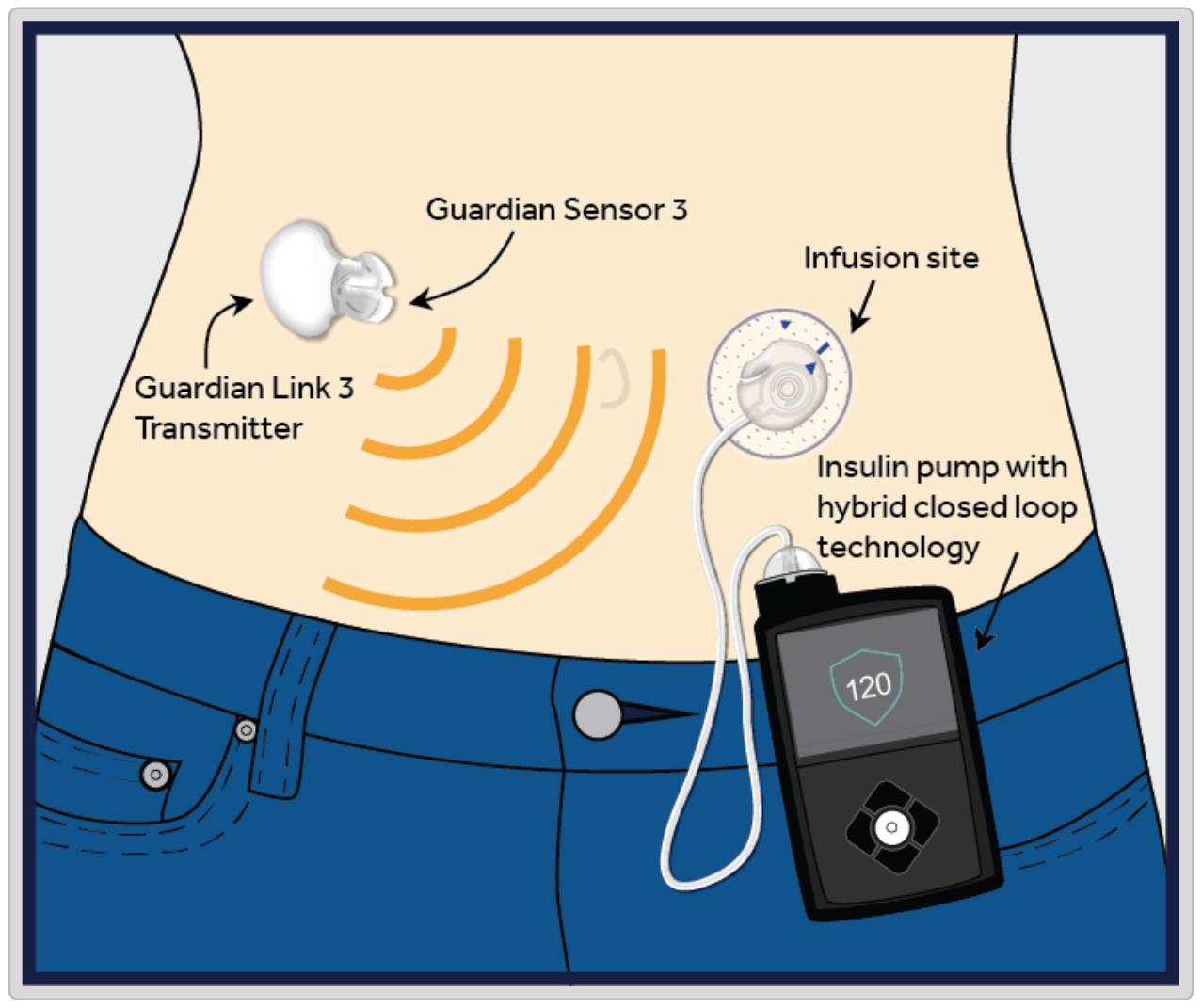Signal conditioning is an essential step in the measurement process when using closed-loop current sensors. The output signal from these sensors often requires amplification, filtering, and conversion to make it suitable for further processing or analysis. In this article, we will explore the various signal conditioning techniques used with closed-loop current sensors.

Directindustry
Amplification is one of the most common signal conditioning techniques used with current sensors. The output signal from the sensor is often weak and needs to be amplified to a level that can be easily measured or processed by the subsequent circuitry. Operational amplifiers (op-amps) are commonly used for this purpose. They provide high gain and low noise characteristics, which are essential for accurate signal amplification. The gain of the amplifier can be adjusted according to the desired signal level, taking into consideration factors such as noise, resolution requirements, and the dynamic range of the measurement system.
Filtering is another important signal conditioning technique used with closed-loop current sensors. The output signal from the sensor can be contaminated by various noise sources, such as electromagnetic interference (EMI) or high-frequency transients. Filters are used to remove these unwanted frequencies and improve the signal quality. Commonly used filters include low-pass filters, high-pass filters, and band-pass filters. The choice of filter depends on the specific noise characteristics and the desired frequency range of the signal. Care must be taken to ensure that the filter does not introduce any distortion or phase shift that could affect the accuracy of the measurement.

In some cases, the output signal from the closed-loop current sensor needs to be converted from an analog signal to a digital signal for further processing or analysis. Analog-to-digital converters (ADCs) are used for this purpose. The ADC converts the continuous analog signal into discrete digital values that can be easily processed by digital circuits or microcontrollers. The resolution of the ADC determines the accuracy of the digitized signal. Higher resolution ADCs provide more precise measurements but may require more processing power and resources.
In addition to amplification, filtering, and conversion, other signal conditioning techniques may also be applied depending on the specific requirements of the application. These include offset cancellation, calibration, and linearization. Offset cancellation is used to eliminate any inherent offset voltage or current present in the sensor or the signal conditioning circuitry. Calibration involves comparing the sensor’s output with a known reference to ensure accurate measurements. Linearization techniques are used to correct any non-linearities in the sensor’s output response, ensuring a linear relationship between the measured current and the output signal.

In conclusion, signal conditioning plays a crucial role in optimizing the performance of closed-loop current sensors. Amplification, filtering, and conversion are commonly used techniques to enhance the signal quality, remove unwanted noise, and make the output signal compatible with the requirements of the subsequent circuitry. Other techniques such as offset cancellation, calibration, and linearization may also be employed to improve accuracy and linearity. Careful consideration of the specific application requirements and the characteristics of the sensor’s output signal is essential when designing the signal conditioning circuitry for closed-loop current sensors.
 rongtech
rongtech






您好!Please sign in